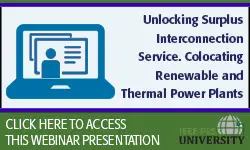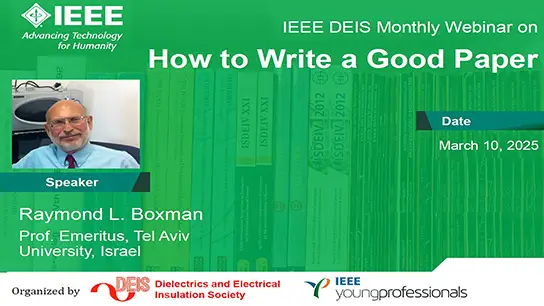-
Members: FreeSSCS
IEEE Members: Free
Non-members: FreeLength: 1:13:09
20 Nov 2020
ABSTRACT- The design space of analog-to-digital converters (ADC) can be classified by two orthogonal axes – one representing the different ADC architectures such as SAR, pipeline, and ??; the other mapping the underlying circuits as discrete-time and continuous-time configurations. For ?? ADCs, both discrete- and continuous-time design topologies have been explored extensively. With continuous-time implementations excelling in power efficiency and bandwidth, continuous-time ?? ADCs have been widely used in a variety of applications including wireless communication systems. One then might ask – if continuous-time ?? ADCs offer multiple key benefits over discrete-time counterparts, does the same rationale apply to other ADC architectures such as pipelined ADCs? This webinar attempts to answer this question. We first present how a continuous-time pipelined ADC can be derived from a discrete-time equivalent. We then cover the pros and cons of the continuous-time pipelined ADC against discrete-time pipelined and continuous-time ?? ADCs. We also present the implementation examples in 28nm and 16nm CMOS technologies. We will conclude the talk with a discussion of future research directions.
BIOGRAPHY- Hajime Shibata (S’99–M’02–SM’19) received B.E. and M.E. degrees in electrical engineering from the University of Electro-Communications, Tokyo, Japan, in 1997 and 1999, respectively, and the Ph.D. degree from Tokyo Institute of Technology in 2002. Since 2002, he has been with Analog Devices, where he has been working on continuous-time ?? and continuous-time pipelined analog-to-digital converter designs. Dr. Shibata was a co-recipient of the Beatrice Winner Award at ISSCC 2006. He has served as an Associate Editor of IEEE Transactions on Circuits and Systems II from 2017 to 2019.
BIOGRAPHY- Hajime Shibata (S’99–M’02–SM’19) received B.E. and M.E. degrees in electrical engineering from the University of Electro-Communications, Tokyo, Japan, in 1997 and 1999, respectively, and the Ph.D. degree from Tokyo Institute of Technology in 2002. Since 2002, he has been with Analog Devices, where he has been working on continuous-time ?? and continuous-time pipelined analog-to-digital converter designs. Dr. Shibata was a co-recipient of the Beatrice Winner Award at ISSCC 2006. He has served as an Associate Editor of IEEE Transactions on Circuits and Systems II from 2017 to 2019.
Primary Committee:
SSCS


